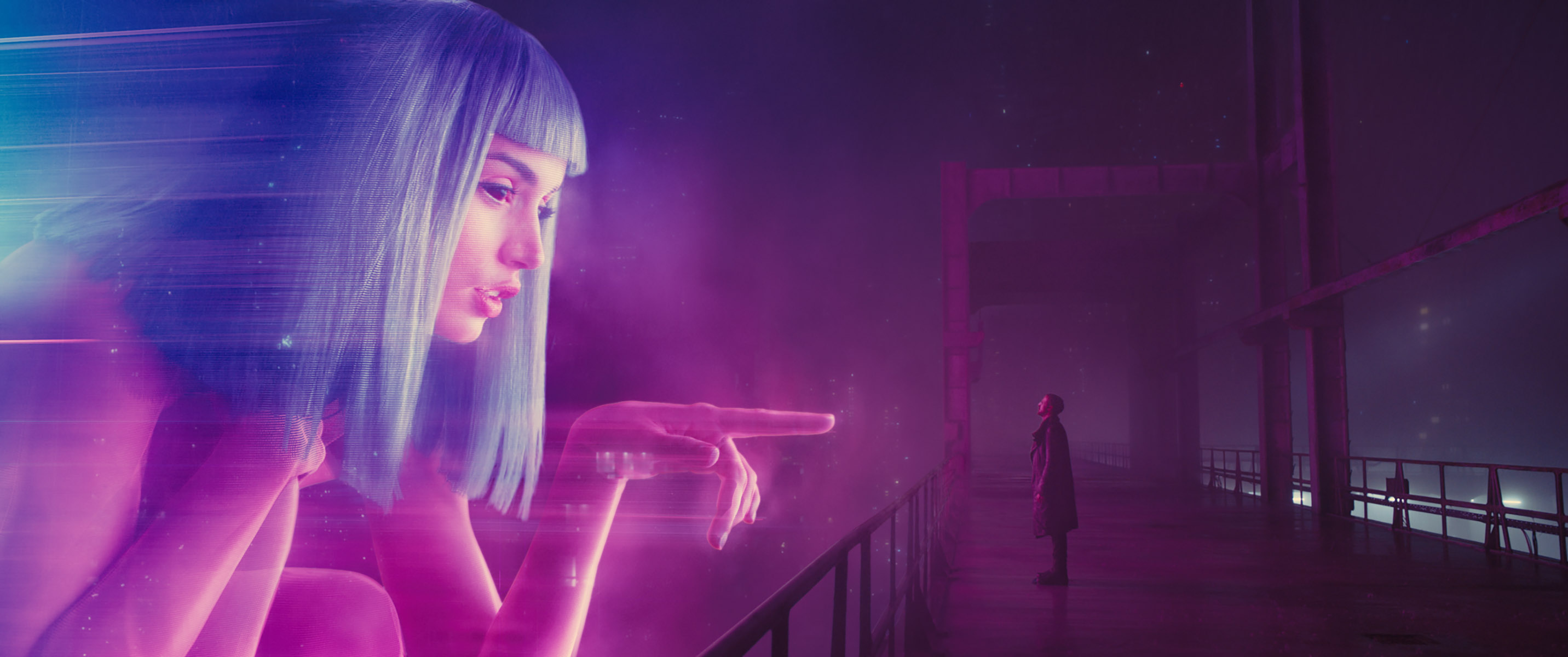‘Blade Runner 2049’ Is More Human Than ‘Blade Runner’

Credit to Author: Matthew Gault| Date: Fri, 06 Oct 2017 21:00:00 +0000
What is love? Do memories define us? What does it mean to be human? These questions are core to both Blade Runner and Blade Runner 2049, but the sequel does a better job of answering them.
In the original 1982 film, Deckard chases manufactured workers known as replicants through a dystopian future Los Angeles. He kills them one by one and—in the end—their leader proves his humanity by saving the life of the man sent to kill him. Deckard, in turn, proves he’s human by saving the life of replicant Rachael.
In Blade Runner, the audience is supposed to learn that replicants are human, even if they’re more human than human. They’ve seen things we wouldn’t believe—attack ships on fire off the Shoulder of Orion, C-beams glittering in the dark near the Tannhäuser Gate, as Rutger Hauer says. Their memories are implanted but no less valid than ours. And when replicants die, those memories are lost like tears in rain.
Blade Runner 2049 takes all those lessons, all those moments, all those questions, and makes them more pointed and pressing. We’re closer to the future of Blade Runner than ever before (the original is set in 2019) and the new film forces audiences to ask the ethical questions about the artificial intelligence and robotic slavery we’re on the brink of creating.
That said, here’s your WARNING: heavy spoilers for Blade Runner 2049 ahead.
The central mystery of Blade Runner is whether or not Deckard himself is a replicant. This has always bothered me. Harrison Ford and the screenwriters insist that he is not while director Ridley Scott insists he is and even recut the film several times to include footage to prove his point.
For me, Deckard as a replicant cheapens the film. Deckard needs to be human because his humanity colors his relationship with the replicants. Roy Batty saving him in the end and his decision to throw away his entire life for the love of Rachael mean much less to me if he’s a replicant. It’s too easy for the audience to justify Batty’s rescue and Rachael’s love as racial solidarity.
Also, if the lesson of the film is that the method of our creation doesn’t define our humanity then Deckard’s status as a replicant shouldn’t matter. Either way, he’s human. Making it a mystery distracts and detracts from the theme.
[Once again, SPOILER WARNING!!!]
There is no such mystery in Blade Runner 2049. Within the first 15 minutes viewers know, without a doubt, that Ryan Gosling’s Officer K is a replicant. He’s both a blade runner and a replicant, which means he kills his own kind. The new models never lie, never run, and never fight back. K is the perfect slave.
Frontloading that information is important. It forces us to reckon with how this world treats K, and by extension, all replicants. He’s not seen as human, yet he bleeds, loves, and has memories, even if those memories are implants. He’s a person with relationships, but no name and no freedom. He’s made peace with that.
Early on, K discovers Racheal’s remains and an autopsy reveals she gave birth. Long thought infertile, this is proof that replicants can reproduce. They can be born instead of manufactured.
K’s bosses send him to find the child and kill it. Replicant manufacturer Wallace wants to learn the child’s secrets and mass produce a race of subservient slaves. An underground faction of replicants sees the child as proof that they can live a life separate from the whims of their masters.
Over the course of K’s almost three hour-long search for the born replicant, not one scrap of dialogue or character is wasted. Every set piece, every off-hand remark, and every subplot is in service to main theme—what does it mean to be human?
To the replicants, dying in service to a cause greater than oneself makes them human. One of them states this explicitly and the theme is echoed over and over again in the brief, dirty lives of every character. Most of the characters in this film—both human and replicant—die and it is the quality of those deaths that define a character’s humanity, not their designation as artificial or natural.
In the end there are no tears in rain, but blood in snow.
Blade Runner snowed its audience over with style and flash. It’s gorgeous and interesting, but its tone and worldbuilding was always better than its story and characters. Blade Runner 2049 shares all of that style, but backs up its world building with fascinating characters and complicated ethical and moral questions.
My problem with the original film is not its ambiguous ending, it’s that the director injected ambiguity after the fact. There are seven different cuts of Blade Runner and the final cut is far better than theatrical release. I’m not arguing for the return of those awful voice overs.
But Blade Runner 2049 makes good on the questions raised by its predecessor. What is love? The connection between two people, even if those people happen to be replicants or chatbots. Even if that love means staying away forever. Do memories define us? Yes, even if those memories came from someone else, they’re still yours. You still feel them.
In the end there are no tears in rain, but blood in snow and a final confirmation that replicants are people and that Deckard’s status as replicant or human never mattered in the first place. We’re all just people, trying to get along in a hard world.
Get six of our favorite Motherboard stories every day by signing up for our newsletter.